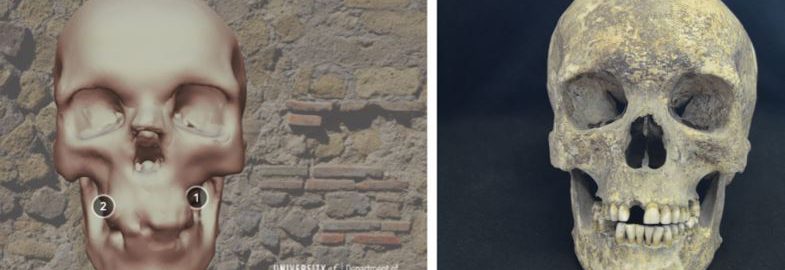Archaeologists have managed to recreate the skulls of the victims of the ancient eruption of Mount Vesuvius in 79 CE in 3D. The works of scientists concerned the Roman centre Oplontis, which, like the famous Pompeii or Herculaneum, was destroyed by the cataclysm and buried in a layer of ash.
Scientists published scans – in 3D – of the skulls and skeletons of more than 12 victims. Researchers hope that in this way it will be possible to find out what the death of unfortunate people looked like and what they might have looked like in reality. Work on bone reconstruction began with making a photogrammetric model of the body of each of the victims. Photogrammetry enables researchers to understand the stratigraphy of bodies.
The project carried out at Oplontis, apart from the need to digitally preserve Roman history, also aims to answer many questions that bother researchers. It is worth noting here that scientists are still not sure what caused the death of the inhabitants of Oplontis – a pumice stone hit, a mudslide or something else.
The town of Oplontis was located a short distance from Pompeii. The buildings included a large villa, which was abandoned at the time of the explosion (most likely belonging to Sabina’s Poppaea, second wife of Nero), and numerous buildings focused on trade. In the 1980s, scientists discovered the corpses of more than 50 people in one of such structures, who probably waited for rescue from the sea.






